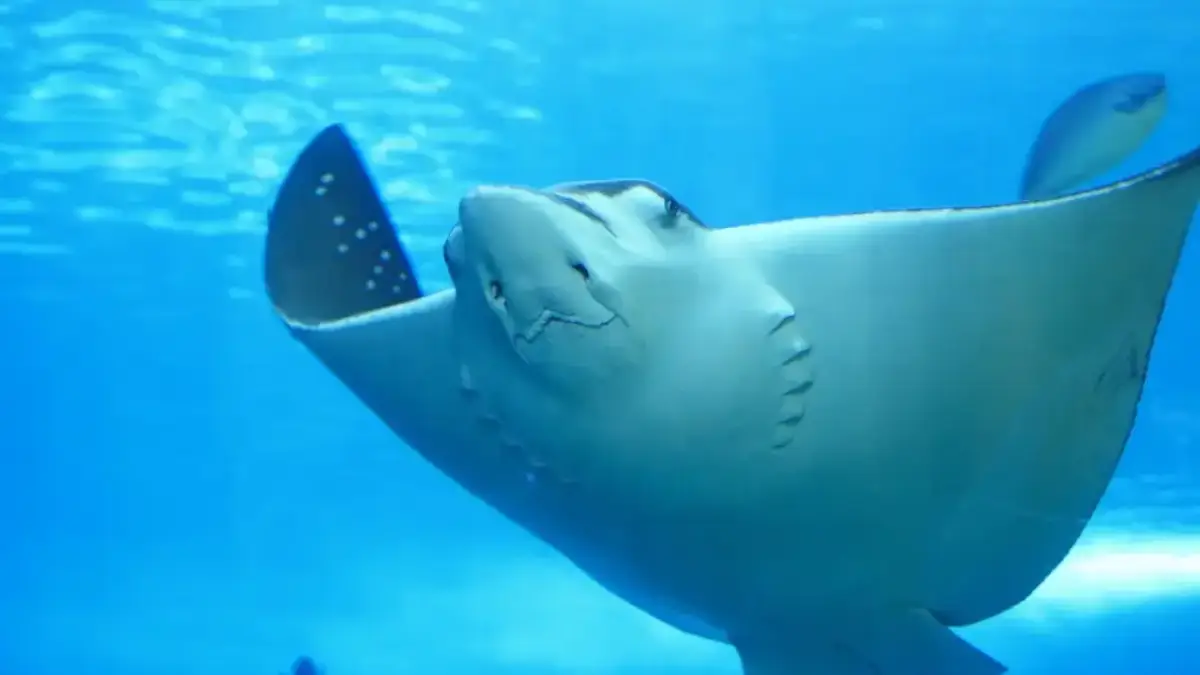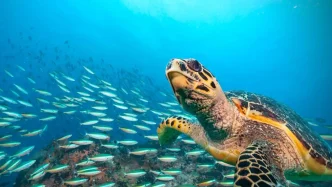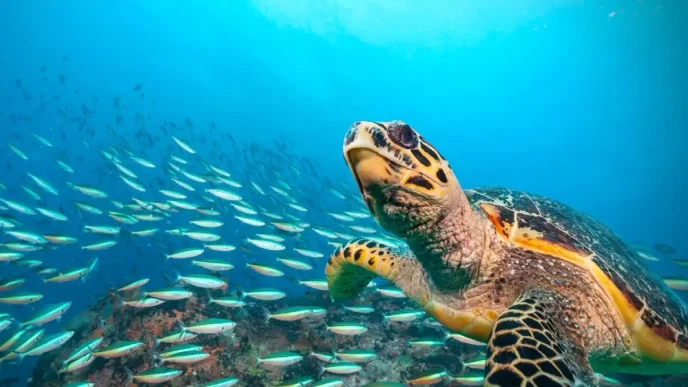In the bustling fishery ports of Singapore, a quiet shift is unfolding. WWhile international conservation policies have spotlighted the plight of sharks, a less noticed but equally vulnerable group of marine creatures—stingrays—is seeing a dramatic rise in trade. Recent research reveals a near doubling of stingray numbers at these ports over the past few years, raising urgent questions about overharvesting and the sustainability of this trend in a region known for its voracious appetite for seafood.
A Surge in Stingray Landings
Independent researchers Naomi Clark-Shen and Kathy Xu have been tracking marine species at Singapore’s fishery ports, including the prominent Jurong Fishery Port, for several years. Their surveys paint a striking picture: between September 2017 and September 2018, they recorded 6,984 stingrays. By the period spanning March 2024 to March 2025, that figure had soared to 11,649. In contrast, shark numbers at the same ports dwindled from 1,470 to just 933 over the same timeframe.
The researchers focused on two species in particular—the whitespotted whipray (Maculabatis gerrardi) and the sharpnose whipray (Maculabatis macrura)—both classified as globally endangered. Their counts for these species alone jumped from 5,806 in 2017-2018 to 8,598 in 2024-2025. These stingrays, often served as sambal-laden barbecue dishes at local hawker centers, have become a staple of Singapore’s culinary scene, potentially fueling the spike in demand.
Vulnerability of Elasmobranchs
Stingrays, alongside sharks, belong to a group of marine animals known as elasmobranchs, which also includes wedgefish and guitarfish. These species share life history traits that make them particularly susceptible to overharvesting: they take years to reach reproductive maturity and produce only a handful of offspring at a time. Unlike bony fish, which can lay millions of eggs in a single spawning, stingrays and sharks often give birth to just one to five young annually. For the whitespotted and sharpnose whiprays, maturity arrives between four and nine years of age, according to a research paper co-authored by Clark-Shen and Xu, published in March 2025.
This slow reproductive cycle means that heavy fishing pressure can decimate populations before they have a chance to recover. Historically, sharks have dominated conservation discussions, particularly due to the demand for their fins across Asia. Yet stingrays, often caught as bycatch or targeted for their meat, are slipping through the cracks of protective measures.
Impact of International Regulations
The researchers noted a marked decline in other elasmobranch species at Singapore’s ports following enhanced protections under the Convention on International Trade in Endangered Species of Wild Fauna and Flora (CITES). In 2019, all 10 species of wedgefish and six species of guitarfish were listed under CITES Appendix II, requiring permits for international trade. Similarly, in 2022, 60 shark species received the same designation. As a result, sightings of these species at local ports dropped significantly.
However, this regulatory focus on certain species may have unintended consequences. Dr. Naomi Clark-Shen explained that fishermen, restricted from trading protected species, often pivot to alternative markets. This could mean selling catches domestically at reduced prices or turning to less regulated species like the whitespotted and sharpnose whiprays, neither of which are currently protected under CITES. The absence of trade barriers for these stingrays allows their harvest and sale to continue unabated, potentially accelerating their decline.
Supply and Demand Dynamics
At Jurong Fishery Port, the scale of the stingray trade is evident. A vendor, who preferred anonymity, shared that he moves between 400kg and 600kg of stingrays on weekdays, with volumes spiking to 1,000kg on weekends. Historically, his supply came solely from Malaysia, with daily hauls reaching up to 2,000kg. But as competition among vendors grew, he expanded his sourcing to include stingrays from Jakarta, Surabaya, Bangka, and smaller Indonesian islands. He also noted a preference for female stingrays under 3kg, citing their milder scent and tender meat compared to males or older specimens.
Beyond supply, local demand for stingray in Singapore appears to be on the rise. Melvin Wee, a 56-year-old seafood supplier with four decades of experience, pointed to the growing popularity of sambal stingray—a spicy, grilled dish that emerged in local markets about 30 years ago—as a key driver. This cultural preference, combined with an apparently abundant supply from regional waters, has entrenched stingray as a favored item on Singaporean menus.
Conservationists Sound the Alarm
The data from Singapore’s ports has drawn concern from marine conservation experts across the region. Dr. Mark Erdmann, vice-president of Asia-Pacific marine programs at Conservation International, emphasized the unsustainable nature of commercial stingray harvesting. He highlighted that while demand for shark fins has waned over the past decade—thanks to heightened awareness and stricter trade controls—many ray species are now teetering on the brink of extinction due to escalating landings in Singapore and throughout Southeast Asia.
Dr. Erdmann drew a stark comparison, likening the consumption of stingrays to eating endangered terrestrial species like sun bears or sugar gliders. He argued that given their low reproductive rates, stingrays cannot withstand commercial exploitation at current levels. The implication is clear: without intervention, these species face a precarious future.
Seeking Sustainable Alternatives
Amid these warnings, there are calls for consumer behavior to shift. Dr. Anna Wong, senior director of wildlife trade at Singapore’s National Parks Board, urged the public to consider more sustainable seafood options or to forgo shark and ray dishes altogether. For those who choose to consume such species, she advised verifying the source and ensuring the species is not listed under CITES before purchase.
This advice underscores a broader challenge: balancing cultural dietary preferences with the urgent need for marine conservation. Sambal stingray, a beloved dish, is deeply woven into Singapore’s food culture. Yet as landings at fishery ports continue to climb, the long-term viability of stingray populations hangs in the balance.
Looking Ahead
The findings from Clark-Shen and Xu’s research are a wake-up call for policymakers, conservationists, and consumers alike. While international regulations have curbed the trade of some elasmobranch species, others remain exposed to relentless harvesting. As Singapore continues to serve as a hub for regional seafood trade, the question looms: can protective measures be extended to stingrays before their numbers collapse? The answer may depend on a collective willingness to rethink consumption habits and prioritize the health of marine ecosystems over culinary tradition.
















